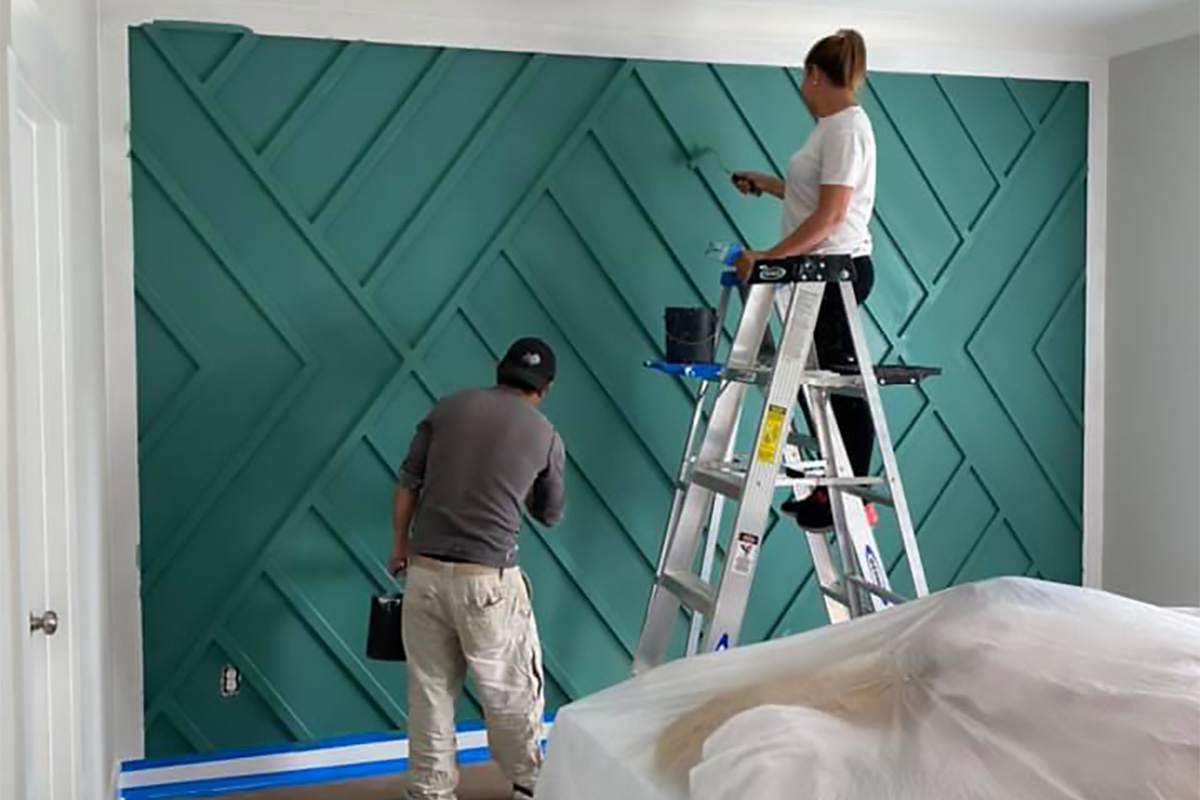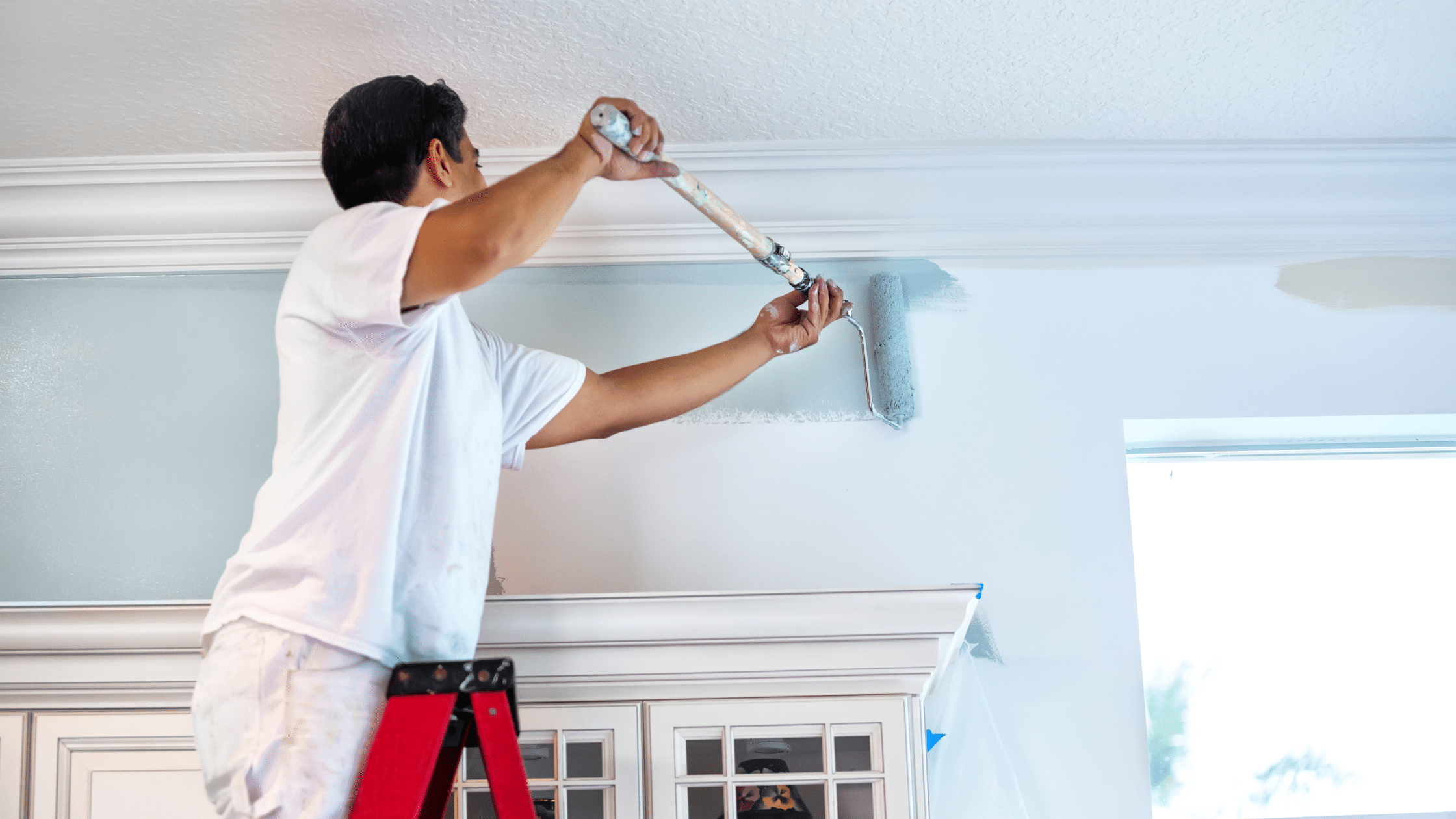Color Consultation in Lakewood: Expert Advice for Perfectly Coordinated Interiors
Color Consultation in Lakewood: Expert Advice for Perfectly Coordinated Interiors
Blog Article
Enhance Your Interior Decoration With Comprehensive Shade Consultation
The assimilation of color examination right into indoor design provides a special opportunity to fine-tune and raise the visual and psychological resonance of a space. By involving with a seasoned color expert, you can browse the intricacies of color option, ensuring that your choices not only complement architectural functions yet also reverberate with individual design and emotional influence. This strategic partnership can significantly affect the general environment of your environment, cultivating a feeling of consistency and function. Comprehending the subtleties of this procedure is vital-- what essential facets should be thought about to attain optimal results?
Advantages of Color Consultation

Moreover, color examination help in making best use of natural light and enhancing spatial assumption. Lighter hues can make a room appear even more extensive, while darker shades create an intimate setting. Cleveland Metro Painting Specialists. This calculated application of shade can dramatically affect the overall ambiance of any type of indoor area
In addition, specialist experts have a comprehensive understanding of present patterns and ageless standards, making sure that the picked shades will certainly stay attractive gradually. This insight can save clients from expensive redesigns in the future. Lastly, color assessment empowers clients by giving them with a clear vision and direction, cultivating self-confidence in their style options and eventually resulting in an extra effective and rewarding interior decoration result.
Understanding Color Psychology
The relevance of color psychology in interior decoration can not be overemphasized, as it looks into the psychological and psychological results that numerous hues can stimulate in people. Shades can influence state of mind, habits, and even performance, making them a critical factor to consider in any kind of design project.
For example, cozy colors such as red, orange, and yellow are commonly connected with energy and warmth. They can boost sensations of excitement and comfort, making them suitable for social spaces like living rooms or cooking areas. Alternatively, cool shades like blue, eco-friendly, and purple tend to evoke peace and harmony, making them ideal for rooms or reflection areas.
Furthermore, making use of neutral tones can produce a well balanced environment by enabling the bolder shades to stick out without overwhelming the senses. Comprehending these emotional effects allows designers to create areas that not only look visually pleasing yet also promote emotional wellness.
Including shade psychology into interior decoration involves a thoughtful option of tones tailored to the desired feature of each room, eventually improving the overall experience for its occupants. This recognition is important for accomplishing a unified and practical interior atmosphere.
The Color Wheel Described
Understanding the partnerships between shades is important for efficient indoor layout, and the color wheel offers as a useful device in this procedure. The shade wheel, visit our website established by Isaac Newton in the 17th century, shows the spectrum of colors prepared in a round format. It consists of primaries-- red, blue, and yellow-- that can not be created by blending other shades. Additional colors, developed by incorporating primary shades, consist of environment-friendly, orange, and purple. Tertiary colors arise from mixing a primary and an additional color, leading to tones such as blue and red-orange.
The shade wheel assists developers understand the relationships between shades, consisting of complementary, similar, and triadic systems. Complementary shades, located opposite each various other on the wheel, create vivid contrasts that can energize an area.
Utilizing the shade wheel in interior decoration not only improves visual appeal yet likewise evokes details feelings and atmospheres, making it an essential referral for color appointment. Recognizing these partnerships inevitably empowers designers to create rooms that are both useful and visually exciting.
Selecting the Right Combination
A well-chosen color plan can merge a room, boost its attributes, and stimulate wanted feelings. Different areas serve different features and require combinations that mirror their intended use; for circumstances, relaxing colors such as soft blues or greens function well in rooms, advertising leisure.
Light can substantially change how shades appear, so it is necessary to examine the room at various times of the day. A harmonious palette must complement these attributes, producing a natural appearance throughout the space.
When choosing shades, utilize the 60-30-10 rule, which suggests that 60% of the space need to be a dominant color, 30% an additional shade, and 10% an accent shade. This proportion makes certain equilibrium and visual interest (Cleveland Metro Painting Specialists). Lastly, sample colors on the wall surfaces before committing, as this enables you to see just how the colors interact with one an additional and the total setting they create in your indoor design job.
Collaborating With a Color Professional

When collaborating with a shade professional, the process commonly starts with a first appointment. Throughout this conference, you'll review your vision, preferences, and click resources the existing aspects in your area. The expert will certainly examine your requirements and may recommend specific shade schemes that line up with your goals.
After establishing a direction, the consultant will certainly supply examples and visual aids to assist you imagine the suggested color schemes. This action is vital, as shades can appear in a different way under differing illumination problems.
Furthermore, a shade specialist can lead you in choosing complementary home furnishings, artwork, and devices to integrate with your chosen combination. By teaming up closely, you can attain a refined aesthetic that boosts your interiors and creates a welcoming environment. Ultimately, the proficiency of a color professional can substantially enhance the total effect of your design job.
Conclusion
In recap, detailed color appointment acts as a vital tool for boosting interior decoration. By leveraging professional expertise of color psychology and spatial characteristics, a tailored shade palette can be created to evoke certain feelings and content produce an unified atmosphere. This critical method not just fosters a natural layout narrative but likewise minimizes the risk of pricey redesigns. Ultimately, engaging with a shade professional makes certain a notified and cosmetically pleasing outcome, raising the total experience of the space.
By engaging with an experienced shade professional, you can browse the intricacies of shade option, ensuring that your choices not only complement architectural functions however likewise reverberate with individual style and mental impact. It makes up main shades-- red, blue, and yellow-- that can not be developed by blending various other colors.The color wheel assists designers comprehend the partnerships in between colors, including complementary, analogous, and triadic schemes.When selecting shades, make use of the 60-30-10 rule, which recommends that 60% of the room need to be a leading color, 30% an additional color, and 10% an accent shade. By leveraging expert expertise of shade psychology and spatial characteristics, a tailored color palette can be developed to stimulate details feelings and create an unified setting.
Report this page